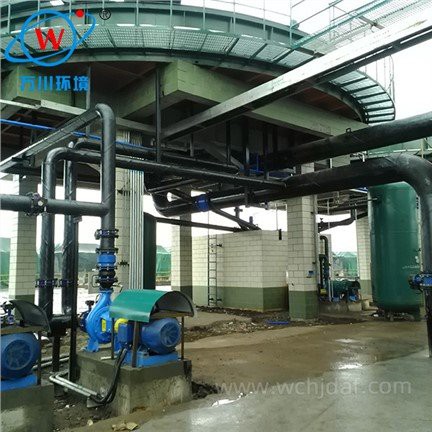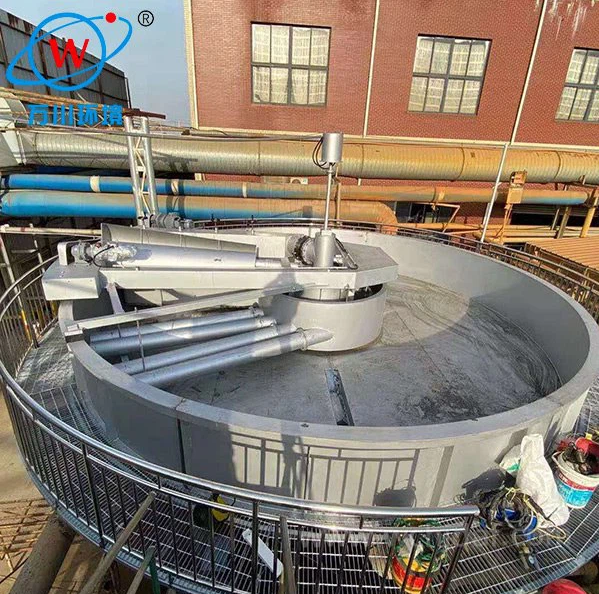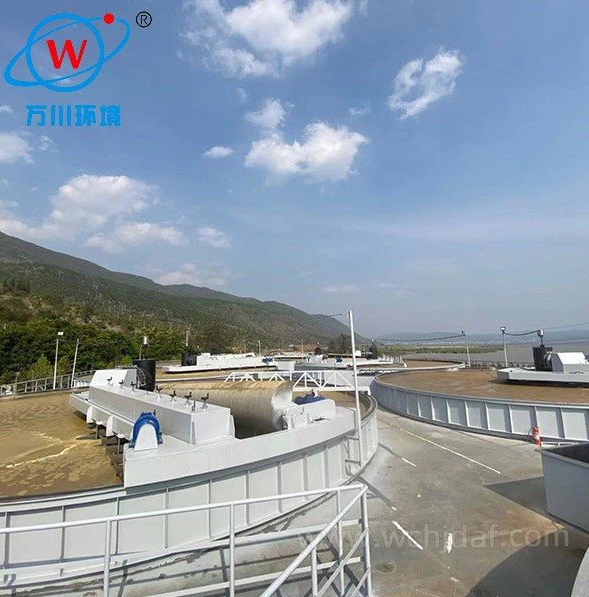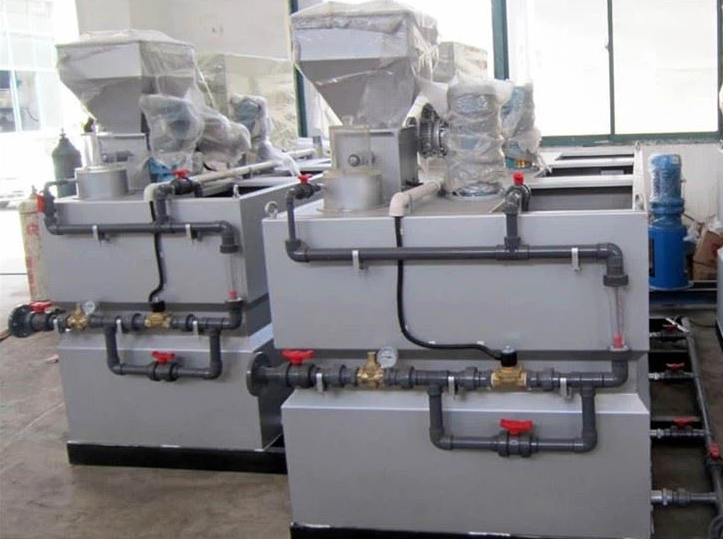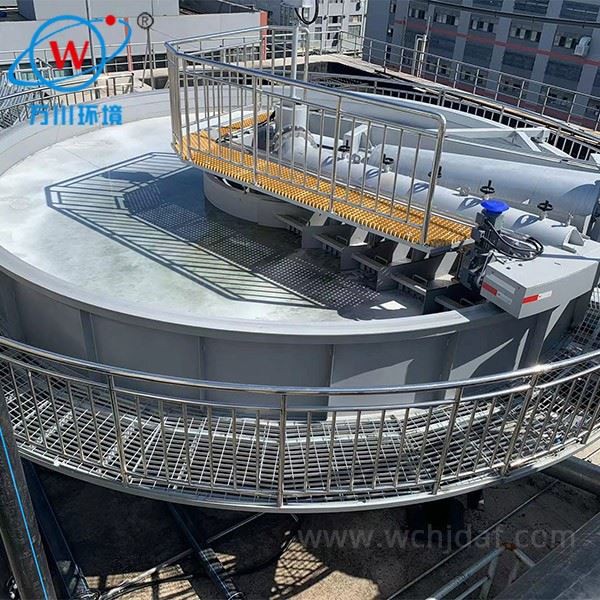Wastewater Treatment System Resilience Features
Sufficient Design Redundancy
The equipment processing capacity design leaves a certain amount of redundancy. When the inlet flow exceeds the normal range, it can still maintain operation by expanding the hydraulic load of the flotation zone to avoid interruption of treatment due to sudden increase in flow.
Maintains continuous operation during peak flow periods without requiring additional equipment.
Response to Water Quality Fluctuations
For short-term increase in inlet COD and SS concentrations, the adsorption efficiency of microbubbles and pollutants can be enhanced by automatically increasing the dosage of reagents and increasing the dissolved air pressure to ensure that the effluent indicators are stable within the discharge standards.
Real-time adjustment of chemical dosing based on continuous water quality monitoring.
Dynamic Adjustment Mechanism
Equipped with online monitoring sensors to capture changes in parameters such as inlet turbidity and pH value in real time. When impact load occurs, the PLC system can quickly complete parameter adjustments, such as shortening the scraping cycle, increasing the reflux ratio, and quickly balancing the treatment system.
System adjustments initiated within seconds of detecting parameter changes.
Structural Impact Resistance
The flotation tank adopts a U-shaped water flow design, and the hydraulic retention time can be flexibly adjusted to buffer the impact of water flow; the tank body is welded with high-quality steel plates, with high compressive strength, and can withstand the pressure fluctuations caused by short-term hydraulic impact, without deformation or leakage risks.
10mm thick carbon steel plates with epoxy coating for enhanced durability.
Strong Recovery Ability
After the impact load subsides, the system can automatically adjust to the optimal operating state in a short time. Predict the water quality trend through historical data algorithms, start the pretreatment process in advance, reduce the impact of the impact on the subsequent treatment unit, and ensure that the water output rate remains at a high level.
Machine learning algorithms analyze historical data to anticipate and prepare for load variations.
This wastewater treatment system incorporates multiple layers of protection against flow and quality variations, combining robust physical design with intelligent automation to maintain consistent performance under varying operational conditions. The integration of predictive algorithms and real-time monitoring ensures optimal treatment efficiency while minimizing the impact of sudden load changes.

